California is known for its varied, lush landscapes, rich history, and high quality of life. It has 16 climate zones, ranging from dry desert basins and coastal hills, to snowy peaks and ancient forests. There’s a climate for everyone in California, which has made it a very appealing place to live.
Weather patterns generally range from mild and wet in coastal metros like San Francisco, to more dry and extreme in southern and mountainous cities like Palm Springs and Truckee. However, weather can often turn into natural disasters like flooding, heat waves, and wildfires. When these happen, it’s essential to be prepared. So what are the most common natural disasters in California, how are they changing, and what can you do to prepare? Whether you’re planning a move to San Diego or are looking at apartments in San Jose, read on for everything you need to know.
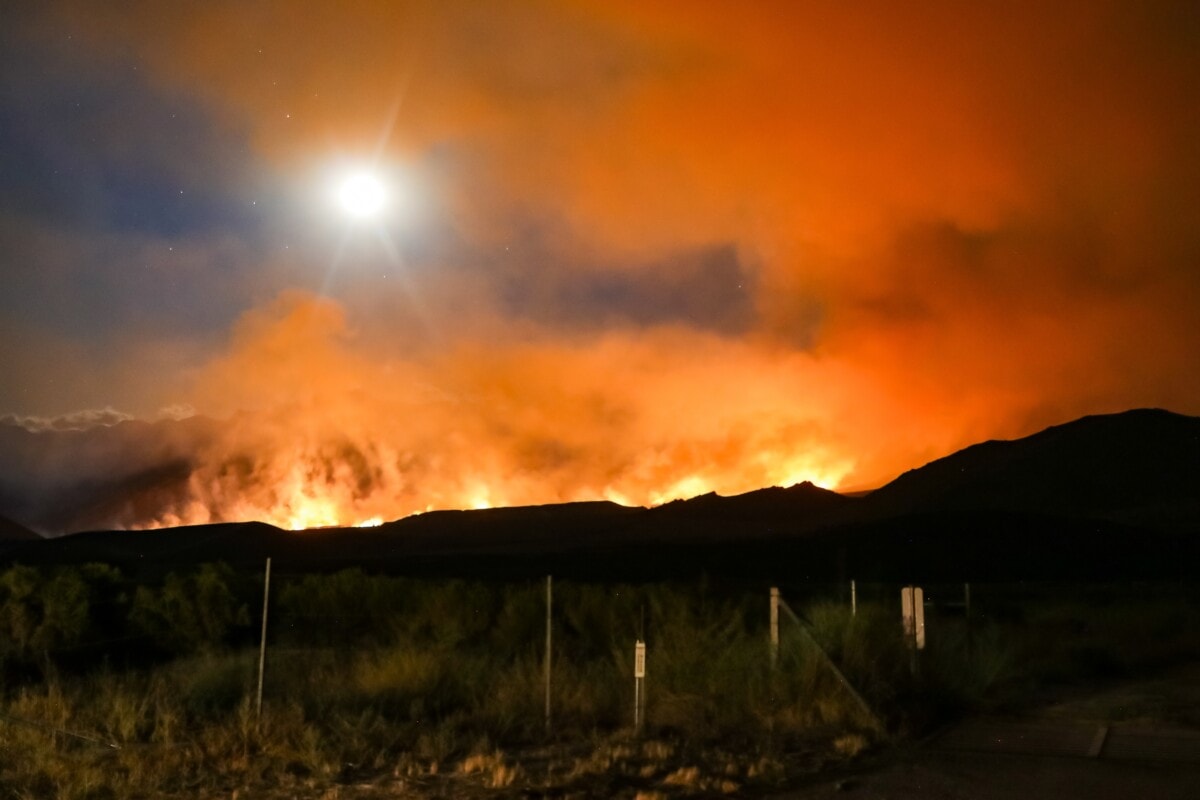
1. California wildfires
California cities most at risk of wildfires
- Red Bluff: 86% of properties at risk
- Chico: 85% of properties at risk
- Sonora: 70% of properties at risk
Wildfires are the major disaster in California and have catastrophic impacts. They are by far the most common and destructive type of disaster in the state, and most years, California leads the nation in wildfires and acres burned. Most recently, the August Complex and Dixie Fires burned nearly 2 million acres.These fires cost hundreds of millions of dollars to fight, and created dangerous air quality across the Western US.
California is also unique in how frequently fires affect people’s homes. From 2000-2019, over 70% of people living within the perimeter of wildfires in the US lived in California. Additionally, according to data from First Street Foundation, 71% (8.15 million) of properties in the state are at risk of being affected by wildfires.
The state’s dry season from spring through late autumn, combined with parched forests throughout the state, sets the stage for devastating fires that can spread incredibly quickly. Prolonged drought, heat waves, and windy weather are the primary causes of wildfires, which are becoming increasingly common as climate change progresses. Aging electrical infrastructure also plays a role.
Wildfires can also devastate landscapes and hillsides, making them more susceptible to flooding, landslides, and mudslides.
How to prepare for wildfires in California
If you’re planning on moving to California or already live in the Golden State, preparing for wildfires is essential. Here are key tips to help:
- Create a defensible space around your property by removing flammable materials and trimming or removing dry vegetation.
- Develop an emergency plan that includes evacuation routes and a communication strategy.
- Install interior and exterior sprinkler systems, if you have access to enough water.
- Install a generator to keep the power running in case of power outages.
- Stay updated on fire weather forecasts and follow all fire restrictions.
- Prepare for poor air quality by purchasing an air purifier and installing HEPA air filters on air conditioning units.
- Assemble an emergency kit with essentials and valuable documents.
- Ensure your insurance adequately covers fire damage, or, if the rising premiums are too high, understand the risks of going uninsured. Unfortunately, due to more frequent disasters, high interest rates, and a desire for less regulation, many insurance companies are no longer offering insurance to homeowners in California.
- Collaborate with your community to prevent fires. This is the most successful way to mitigate fire risk in your neighborhood.
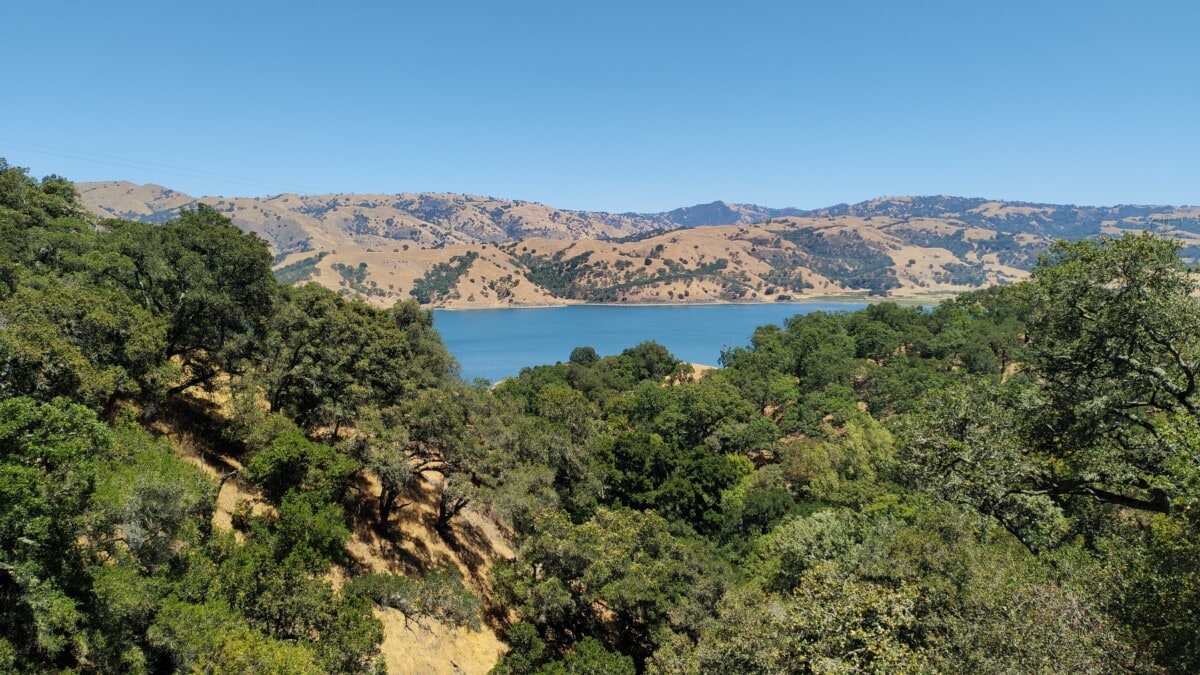
Your future home is just a tap away
Explore homes with the Redfin app anytime, anywhere.
2. California drought
Your future home is just a tap away
Drought has been a severe issue in California for decades. From 2011 to 2022, the issue was extremely acute as reservoirs were drying up, prompting many water conservation regulations. California is one of many Southwestern states dealing with a megadrought that has plagued the region since 1990, primarily due to rising average temperatures and significantly reduced rainfall.
However, because of record snowfall and a wet spring in 2023, most of California is no longer experiencing a drought. That said, this will likely be short-lived due to climate change, chronic groundwater overuse, and a declining Colorado River.
Droughts differ from other natural disasters because they are often long-term events, rather than flooding or snowstorms that will generally pass in a day to a few weeks. However, the effects can be dramatic and significantly alter daily life. For example, some towns in the San Joaquin Valley have no access to fresh water and must rely on private companies and bottled water.
Droughts can also increase the frequency and severity of other disasters, such as forest fires, dust storms, and heat waves.
How to prepare for drought in California
Because drought has already existed in California for decades, it’s important to adapt your lifestyle to accommodate lower water use and prepare for future restrictions. For example:
- Conserve water in daily tasks.
- Follow all emergency regulations and reduce water use however you can.
- Upgrade to water-efficient fixtures and appliances.
- Use drought-resistant landscaping.
- Stay informed about drought conditions and regulations.
- Support local initiatives promoting water conservation.
- Check your home’s foundation for cracks.
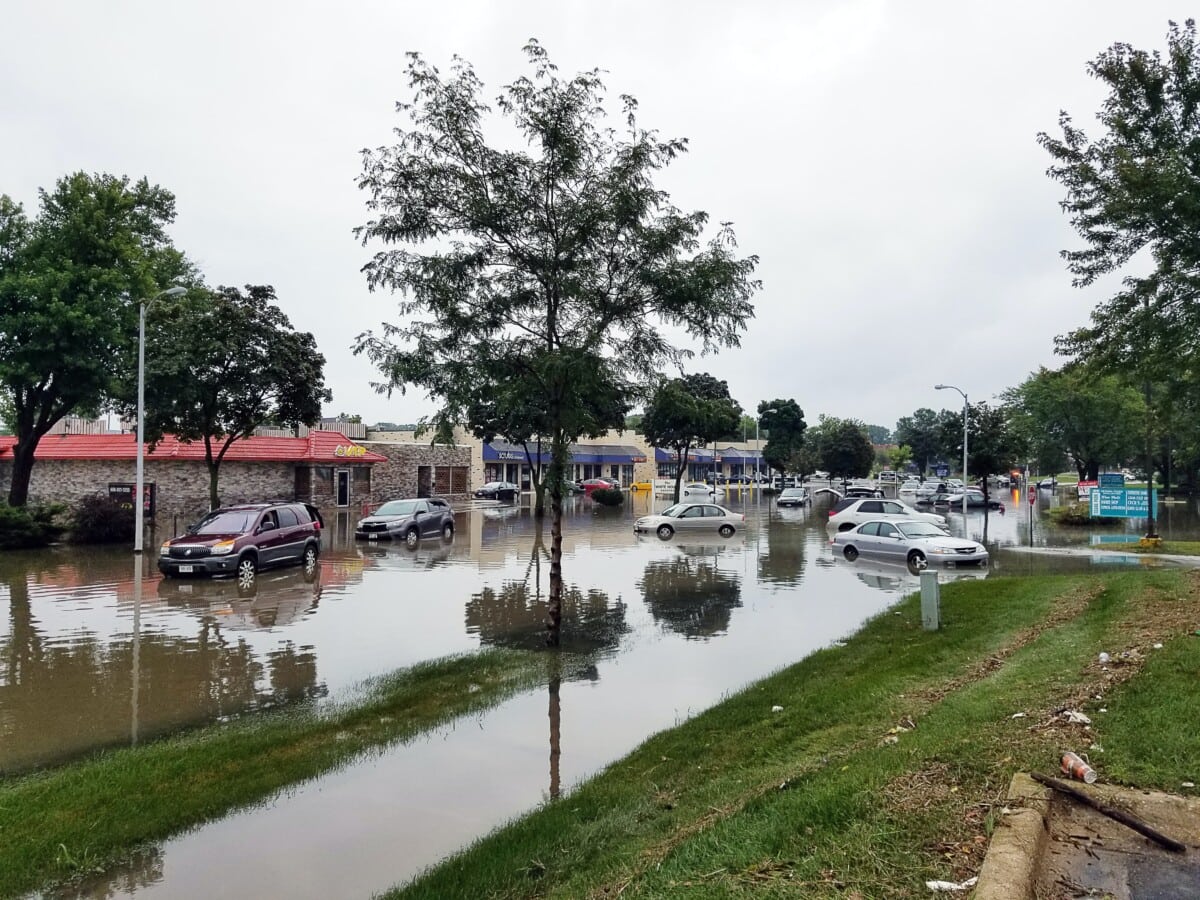
3. California flooding
California cities most at risk of flooding
- Yuba City: 66% of properties at risk
- Merced: 39% of properties at risk
- Stockton: 32% of properties at risk
The Golden State is known for its pleasant weather, but it’s actually very prone to flooding. In fact, from 1950-2017, floods prompted the second most disaster declarations, after wildfires. Floods have also affected people; 23% of properties in California have a chance of being severely damaged by flooding in the next 30 years.
A large portion of California is susceptible to flooding because much of it lies in an old lakebed and subsequent drainage areas. For example, a large portion of the Central Valley lies in an ancient lakebed that helped drain the Sierra Nevadas. Due to urbanization, dams, and agriculture, the lake was slowly drained and parts of it remain as dangerous floodplains during wet years.
In California, flooding is generally caused by dramatic rainfall, dam failures, snowmelt, and high tides. Most recently, from October 2022 to March 2023, California was battered by 31 atmospheric rivers, bringing record rainfall and snowpack to the state. While this dramatically improved the state’s drought outlook, it caused flooding and widespread damage. Flooding continued into the spring as the massive snowpack began to melt.
Climate change is causing precipitation in California to fall more irregularly but intensely, leading to more flooding.
How to prepare for flooding in California
Flood risks are different throughout the state, and preparation varies depending on where you live. For example, San Francisco and Sacramento are more susceptible to riverine flooding and levee failure, while Los Angeles is prone to flash flooding. Regardless, here are a few tips to help you prepare for floods:
- Review the flood risk map for your area to see your potential risks.
- Consider flood insurance if you’re in a high-risk zone.
- Keep emergency supplies on hand, including non-perishable food, water, medications, and important documents.
- Elevate valuable items in flood-prone areas of your home, and install sandbags or barriers if necessary.
- Stay tuned to weather forecasts and alerts, and have a communication plan with your family.
4. California landslides and mudslides
Landslides pose a significant risk to homeowners in California. They are particularly bad in regions with steep terrain, on the coast, and areas that have been affected by wildfires. Factors such as heavy rainfall, earthquakes, rapid snowmelt, and even construction or excavation can trigger landslides. Mudslides are similar to landslides and can develop in tandem or on their own after heavy rainfall or snowmelt. Importantly, mudslides are generally caused by weather events, as opposed to landslides which can be caused by naturally shifting rock.
Many areas of Southern California are at a higher risk of landslides and mudslides due to more severe fires followed by heavier rains. And as the fire season gets longer and the rainy season gets shorter but more intense, this is expected to worsen. Small landslides will now likely occur throughout the state every year, while major landslides are expected every 10-13 years.
How to prepare for mudslides in California
The most important part of preparing for a landslide is thinking ahead and familiarizing yourself with the landscape. Importantly, don’t build a home or structure near steep slopes, close to mountain edges, or along natural erosion valleys. This helps you minimize your risk without retrofitting or additional procedures. Here are some additional tips to help:
- Consult a professional for retrofitting, such as flexible pipe fittings.
- Plant ground cover on slopes, and build retaining walls around your property.
- Build channels or deflection walls to direct mudflow around your home. However, if you build walls that direct flow into a neighbor’s property, you may be liable for damages.
- Consider purchasing additional insurance coverage, as standard homeowners insurance policies generally don’t cover damage from landslides or mudslides. If the landslide was the result of an earthquake or flooding, earthquake insurance or flood insurance may cover it.
- Stay alert during periods of heavy rain or seismic activity and follow any warnings from local authorities.
- Recognize warning signs, such as new or widening cracks in your home’s structure, bulging ground, or unusual sounds.
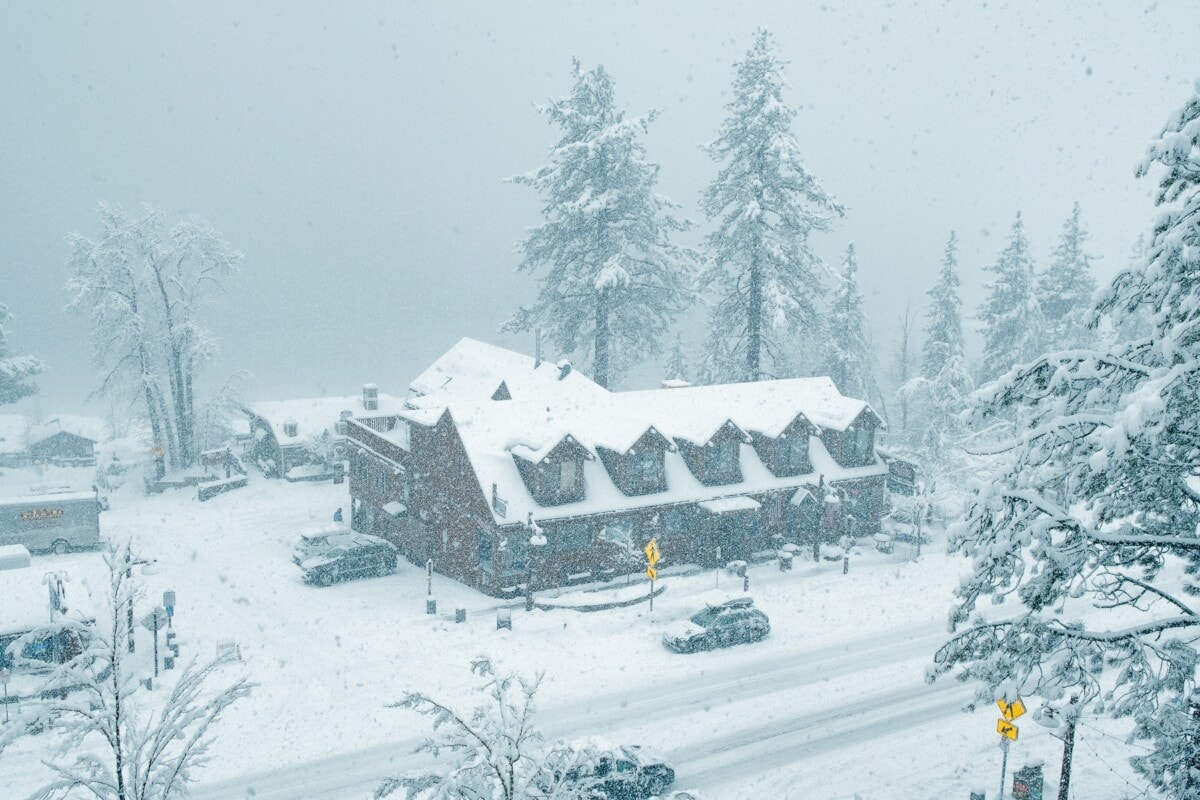
5. California snowstorms and blizzards
Winter storms and blizzards are significant concerns in California, especially in the Sierra Nevadas. Recently, in February and March 2023, a string of storms brought many feet of snow to a majority of the state, prompting blizzard warnings throughout the state, including San Diego and Los Angeles counties. However, even though the storms were destructive, they helped increase the state’s snowpack to a record high.
In California, snowstorms often come from atmospheric rivers hitting the tall Sierra Nevada mountains. Sometimes, storms can also affect the San Gabriel and San Bernardino mountains. These can bring many feet of snow over the course of a few hours to days, leading to road closures, power outages, downed trees, stranded travelers, and limited access to emergency services.
Snowstorms can also turn into blizzards, which means that there are high sustained winds and low visibility (below ¼ of a mile for at least three hours).
How to prepare for snowstorms and blizzards in California
Preparing for severe winter weather events is crucial to ensuring your safety and minimizing impact on your home and family. Here are a few tips to help you prepare for winter:
- The first thing you should do is winterize your home by inspecting your roof, clearing gutters, cleaning your chimney, insulating your attic, checking your heating system, and insulating your pipes.
- Update your emergency kit to include extra warmth.
- Keep a supply of firewood or alternative heating sources in case the power goes out.
- Equip your vehicle with chains, extra blankets, a shovel, and emergency supplies.
- Stay updated on weather forecasts and make sure you have a reliable method of communication.
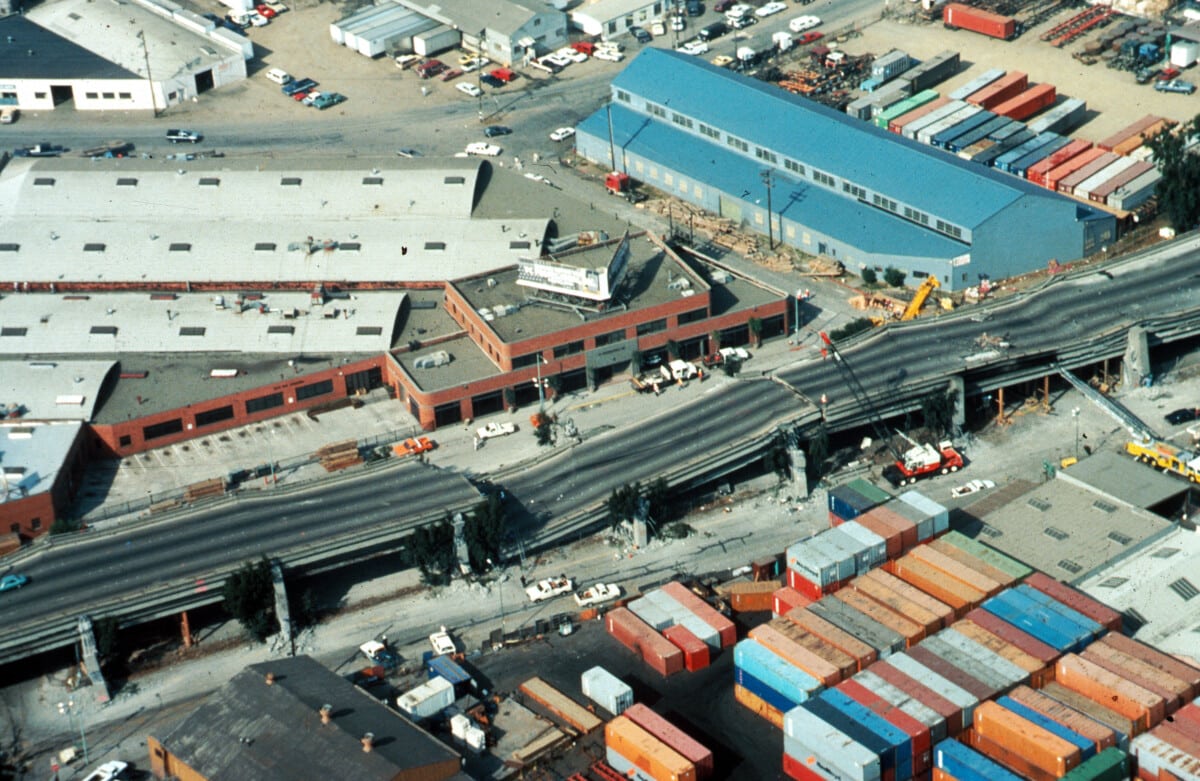
6. California earthquakes
Earthquakes are a major risk in California. The state is home to over 15,700 fault lines, and many regions experience dozens of tiny earthquakes every day. If you move to the state, you’ll likely live within 30 miles of an active fault zone. Additionally, many Californians are anxiously awaiting the next “Big One,” which is predicted to occur along the southern section of the San Andreas Fault and would likely be devastating.
There have been 16 notable earthquakes since 2010, with the most recent being the Ferndale quake in 2022. The California State Government offers an interactive map that shows all fault lines in the state, along with cities at risk. If you’re planning on moving to California and want to avoid areas at risk of shaking, use this map to help.
How to prepare for earthquakes in California
Earthquakes are irregular but destructive and can cause significant damage to structures, utilities, and water systems. Main shocks can last for minutes, while aftershocks can last for years. They can also strike suddenly, at any time, with only seconds of warning, so preparing your home is critical. Here are a few tips to help:
- Purchase earthquake insurance to cover some losses in the event of a quake. This is a separate policy that you purchase in addition to regular homeowners’ insurance. It’s also available to renters.
- Download the MyShake App and make sure you have a durable, charged communication device in case of an emergency.
- If you rent, ask your landlord about the building’s seismic history.
- Practice drop, cover, and hold on, so you are ready when a quake hits.
- Keep your emergency kit stocked, updated, and accessible.
- Anchor heavy items to the wall, strap down expensive electronics, and secure small valuables.
- Brace your water heater according to state law
- Ensure your gas lines have flexible connections.
- If you live in a house built before 1980, it will likely need to be retrofitted. Don’t do this yourself; hire a seismic retrofitting professional.
- If you live near the coast, you should also prepare for a possible tsunami following an earthquake. Understand your evacuation routes and be on the watch for official warnings.
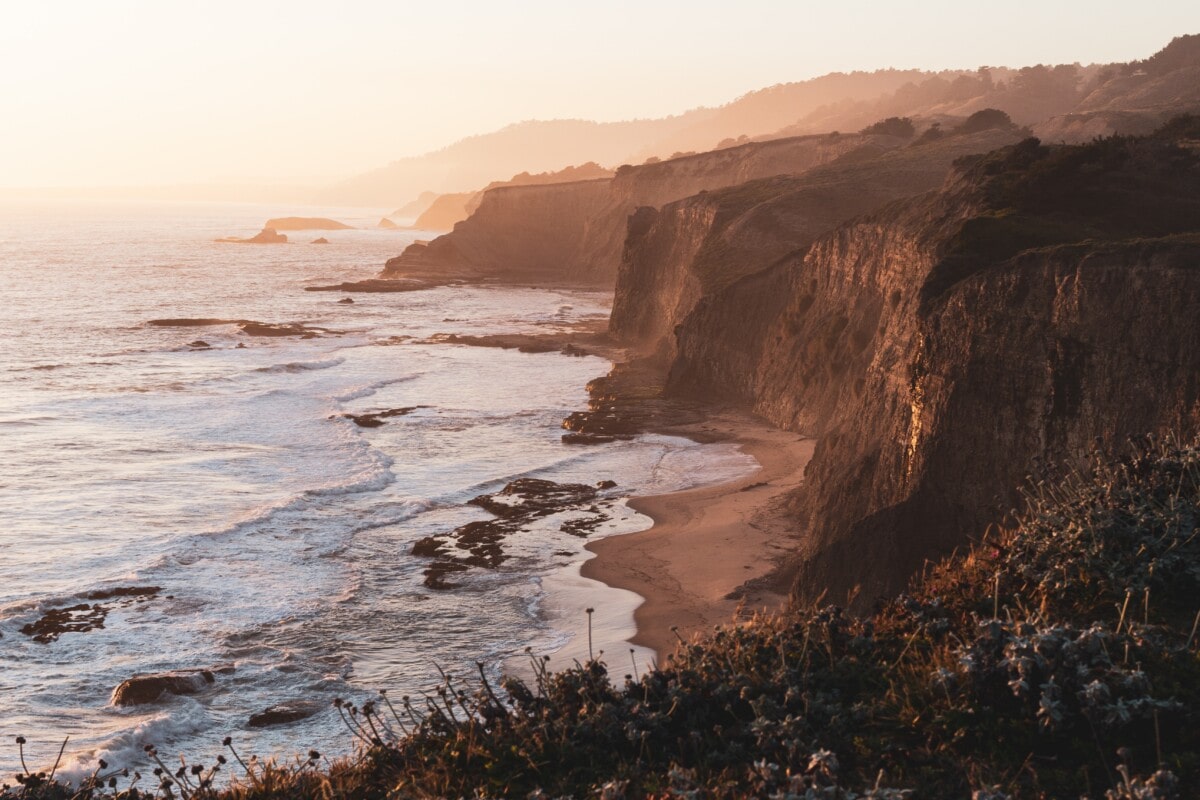
Final thoughts on natural disasters in California
California’s climate is known as the land of extremes. Winter storms, summer heat, earthquakes, landslides, drought, wind, and more make it a varied and unpredictable place to live. While it has historically been one of the top migration destinations, recently, it’s a state many people are moving out of (partly due to the high cost of living in coastal cities). Because of this, the state’s population has declined by over 1.5% since 2020.
If you’re considering moving to California or already call the Golden State home, make sure you’re prepared for natural disasters and long-term weather events. Understanding your risks and adequately preparing are helpful to make the most out of living in California. The National Weather Service also offers an experimental map that shows all forecasted risks for the upcoming seven days.
Lastly, many natural disasters are worsened by climate change. So no matter how you prepare, reducing your carbon footprint and fighting for systemic change are the best long-term solutions.
“At risk” means a property has a major or greater probability of being affected by a certain risk in the next 30 years. State and metro data is courtesy of First Street Foundation.
This article is for informational purposes only. Individual results may vary. This is not intended as a substitute for the services of a licensed and bonded home services or disaster prevention professional. Always seek expert advice and follow all official guidance before, during, and after a disaster.









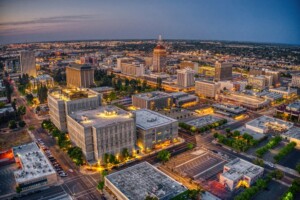
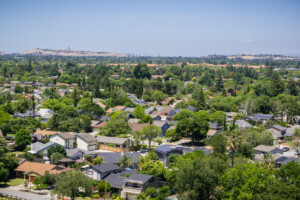
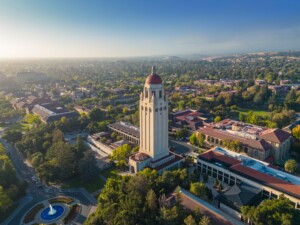
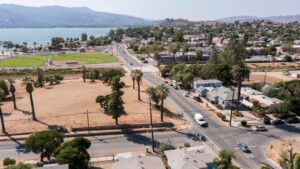
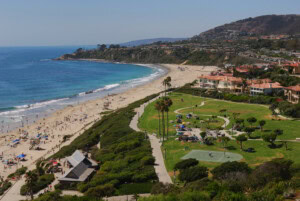


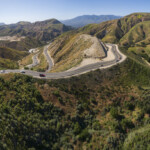
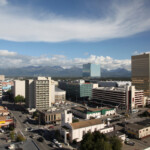
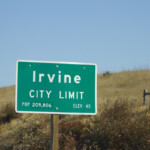




 United States
United States Canada
Canada